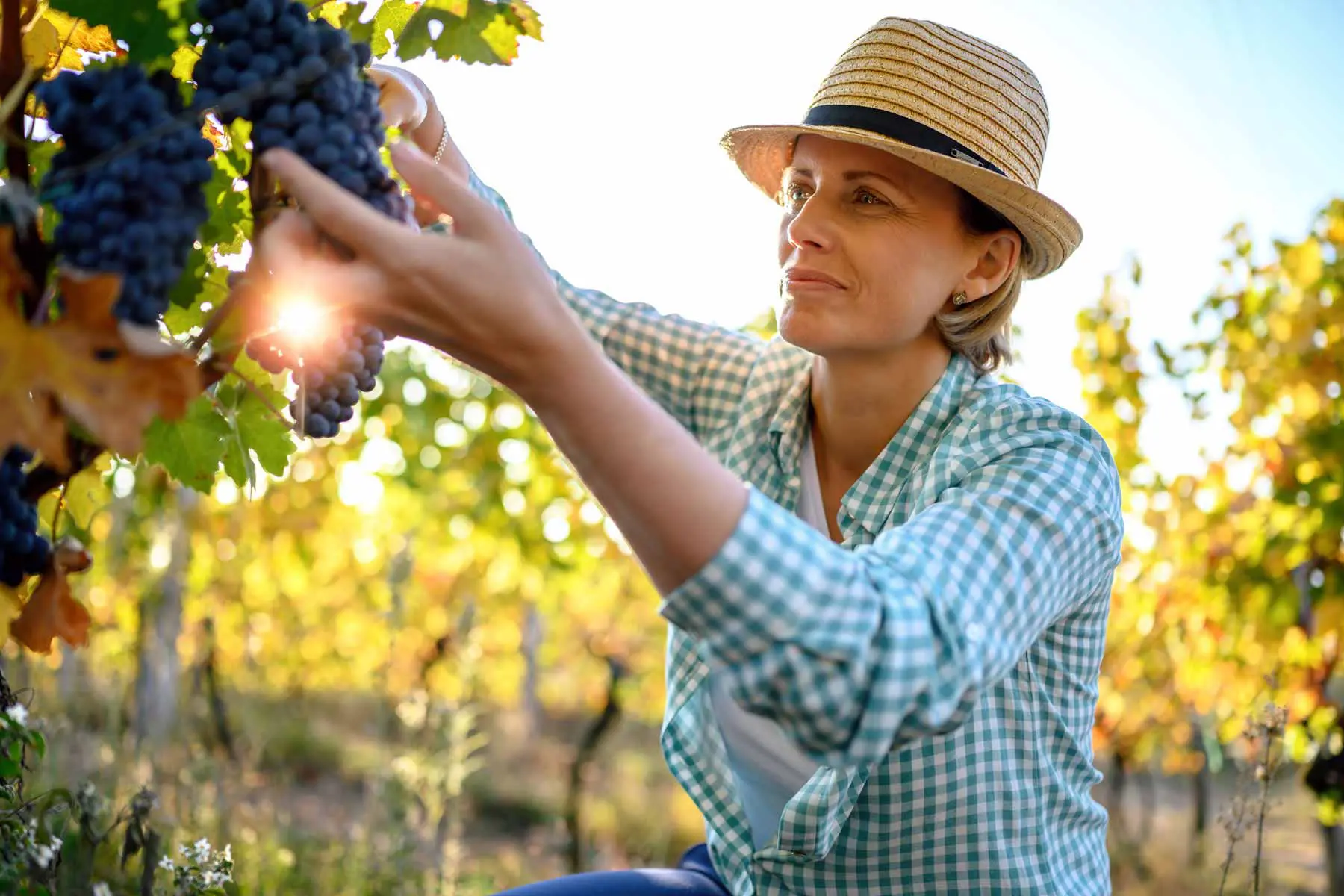In Pursuit of a Grape
Back in 2016, Horoskarası was one of those endemic grape varieties we had only seen in official records—but never in a bottle. Determined to trace its path, we managed to get our hands on a bottle that a producer had crafted for an entirely different market segment. Even tasting it was a struggle—he didn’t want to share it. Once we did taste it, we understood why. And honestly, we agreed with him.
Eventually, we found out that Diren Wines used a symbolic amount of Horoskarası in their sweet wine “Mahlep.” That small detail gave us some comfort as we continued our search. Bringing a new wine to the glass is not so different from bringing a new life into the world. First, you need high-quality grapes. Then, the tools and the talented hands to turn those grapes into wine. On the evening of Monday, May 26, we finally met Cuveé FRDN Horoskarası—a stunning result of all those elements coming together. We at WAYANA had long been waiting for this moment, and it was absolutely worth the wait.

A New Era in Turkish Winemaking
Just because these lands are the cradle of wine doesn’t mean that Turkey naturally became a great winemaking country. That’s a story for another day. Let’s stay focused on the present. In the 1990s, something began to shift. For decades, Turkish wine had been shaped by state-run initiatives and a handful of private producers offering limited selections. Then, new entrepreneurs, enchanted by wine’s allure, brought fresh energy into the field. A renaissance of Turkish wine had begun.
If Turkish literature has its “Second New” movement, perhaps this was the “Second New” of Turkish wine. Alongside new winemakers, we saw established producers like Doluca launching visionary labels like the Sarafin series and Kavaklıdere Prestige line.
The transformations over the past 25 years have proven, with stunning clarity, that Turkey has everything it takes to be a world-class wine-producing country. But one crucial element remains missing: Public Support.Government policies have not only neglected the wine sector but often treated it with hostility. For those who labor in this field, it has been a bitter disappointment.
And yet, projects like Ni&Ce Wines’ work with the Horoskarası grape—strategically woven into the MİRAS KİLİS Agro Tourism Project—give us reason to believe. They are proof that vision, creativity, and persistence can still make things happen, even against the odds.
The Roots of Horoskarası
Horoskarası is also known by another name: Kiliskarası. There’s ongoing debate about whether the name should end in “-z” or “-s,” but we’ve chosen to follow the form that mirrors its Thracian cousin Papaskarası.
The Ni&Ce team conducted extensive research into the grape’s background. That journey led them to the work of Feridun Topaloğlu, a respected authority in the field. After earning a degree in agricultural engineering, Topaloğlu studied oenology in Bordeaux, Dijon, and Montpellier. Later, he served as director of the Atatürk Forest Farm Winery.
In his records, Horoskarası is not some marginal curiosity—it’s listed as a high-potential, quality winemaking grape.
Back in 1944, the renowned Marcel Biron also worked with Kiliskarası at an experimental winery in Kilis. His findings—covering both chemical and sensory analyses—were published in a bilingual book in Turkish and French.
Thanks to Topaloğlu’s efforts, Horoskarası was once even bottled in flute-style screwcap bottles and served in Turkish Airlines’ Business Class.
Today, Kilis is rarely seen as a wine terroir. But if we consult the archaeological record, the story goes much deeper. Grape seeds discovered at Oylum Höyük, along with stone fermentation basins carved from basalt and limestone, show just how deeply winemaking was embedded in this land. This 5,000-year legacy even made it into Evliya Çelebi’s famous travel book. Kilis, he wrote, was “a city surrounded by 40 kinds of vineyards.” Clearly, this legacy survived the Ottoman era and made its way into the present.
A New Chapter with Ni&Ce
At first glance, Kilis may seem like a continental climate zone. In reality, it enjoys Mediterranean influences. Horoskarası thrives in the region’s red soils and is a mid-late ripening grape, typically harvested between late August and early September.
Today, it is still mostly used for dried grape production. But as Ni&Ce’s FRDN Cuveé shows, with timely harvesting and skilled winemaking, Horoskarası can deliver an exceptional bottle.
To avoid confusion linked to brand identity, Ni&Ce has chosen to use their corporate name—Kızılgöl Bağcılık—on the label. Wise choice. They have embarked on a long, demanding journey to revitalize the land they call home. Watching them succeed will be a joy for all of us. Behind this success lies a great team effort. But it’s worth naming Sabriye Yersel and Göknur Gündoğan, as well as the leadership team that made all this possible. We are sincerely grateful for their contribution.At WAYANA, our mission is to connect wine lovers with unique and meaningful bottles like Horoskarası. Grapes are a miracle of nature. Wine is one of its most refined expressions. And when it comes to grape diversity, few places on Earth can match the richness of Turkish soil. Let’s cherish this wealth. Let’s share it. Helping Türkiye claim its rightful place in the wine world is a responsibility we all share.
Thank you, Ni&Ce Wines, for taking this bold step.

Katerina Monroe
@katerinam • More Posts by Katerina
Congratulations on the award, it's well deserved! You guys definitely know what you're doing. Looking forward to my next visit to the winery!





















